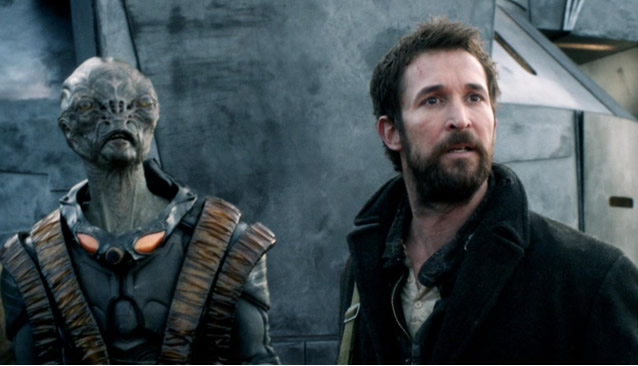ManaByte
Member


More Than $90 Million and 265 Script Drafts Later, ‘Halo’ Is Finally a TV Show
The creative team behind Paramount Plus' 'Halo' talks bringing Master Chief to life in this televised video game adaptation.
On June 6, 2005, in a stunt that instantly became the stuff of Hollywood legend, Microsoft sent a small platoon of actors dressed in full Master Chief armor to the major film studios (other than Sony Pictures, naturally). They were armed with a “Halo” screenplay written by Alex Garland and take-it-or-leave-it deal terms heavily weighted in the company’s favor.
The result was a movie co-financed by Universal and 20th Century Fox and produced by Peter Jackson, who hired up-and-coming director Neill Blomkamp to make his feature debut with the film. According to Jamie Russell’s book “Generation Xbox: How Video Games Invaded Hollywood,” Microsoft was an uneasy and at times overbearing creative partner, and the project ultimately fell apart in October 2006. (Blomkamp and Jackson instead made 2009’s “District 9,” which was nominated for four Oscars, including best picture.)
After licking their wounds from the Jackson-Blomkamp debacle, Microsoft and 343 appear to have learned two valuable lessons: One, Halo, a game that can take as many as 10 hours to complete, was likely better suited to long-form TV than to a two-hour movie; two, it’s far better to find collaborators before settling on a finished script.
So Don Mattrick, then the head of Microsoft’s Xbox unit, called his friend Steven Spielberg, himself a passionate gamer and a Halo fan. Soon after, 343’s executives found themselves pitching Amblin Television presidents Justin Falvey and Darryl Frank.
That can cut both ways: One of the sticking points with the failed movie adaptation was reportedly Microsoft’s rigid fealty to the game’s backstory. But early in the development process for the series, Wolfkill says 343 and Amblin came to a crucial decision: While the show would draw heavily from the mythology, it would chart its own separate storytelling path. Similar to how Marvel Studios pulls from thousands of Marvel comics to create the distinct Marvel Cinematic Universe, the “Halo” TV series exists in what 343 is calling “the Silver Timeline.”
A great example of how this will work on the show is the character of Cortana, the sentient artificial intelligence who is effectively the second lead of the Halo franchise after Master Chief. In the show’s biggest nod to the game’s history, Jen Taylor, who’s voiced the character since the first game in 2001, is also playing Cortana on the series via performance capture. But she says the show’s version is “a new and exciting, different kind of beast.”
“It feels familiar and different at the same time,” she continues. “I hope people will be excited about that. Do you want it to be exactly the way you’ve already played it and already seen it? I’m not sure. It will be interesting to see how the fans respond to that.”
“I was told you might have to go to Hungary for five or six months,” Kane says of signing on to the show. Thanks to the pandemic, “I was there about two years.” During that time, Kane estimates he wrote upwards of 265 drafts of the first nine episodes, balancing everything from the needs of the expansive production to story notes from 343 and Spielberg to the desire to fold in as much from the Halo mythology as possible.
“There are characters that are mentioned once in a book that I was able to give a whole backstory to, and other characters that were already well written that I just had to drop in,” he says. “I have to give credit to Microsoft. You can pitch them something brand-new, and unless it really complicated them in terms of the canon or the values of the show, they embraced it.”
The article confirms Spielberg was actually involved in the show beyond just being an "executive producer" like some people were claiming.



